Boosting Vocational School Competitiveness: The Power of Strategic Resources, Environmental Adaptability & School-Based Management
Keywords:
strategic resources, environmental dynamics, adaptability, implementation of school-based management, competitivenessAbstract
This research examines the optimal relationship between strategic resources, adaptability to environmental dynamics, and school-based management (SBM) implementation on vocational school competitiveness. Using Structural Equation Modeling (SEM), the study involves 397 vocational school teachers in East Java Province, gathering data through both online and offline questionnaires. Key findings reveal that strategic resources positively impact environmental dynamics, significantly affect SBM implementation, and enhance competitiveness. Adaptability to environmental dynamics also positively influences SBM implementation. Furthermore, SBM implementation and environmental dynamics both contribute to competitiveness. The study highlights the importance of strategic resources and adaptability in creating competitive vocational education environments.
Downloads
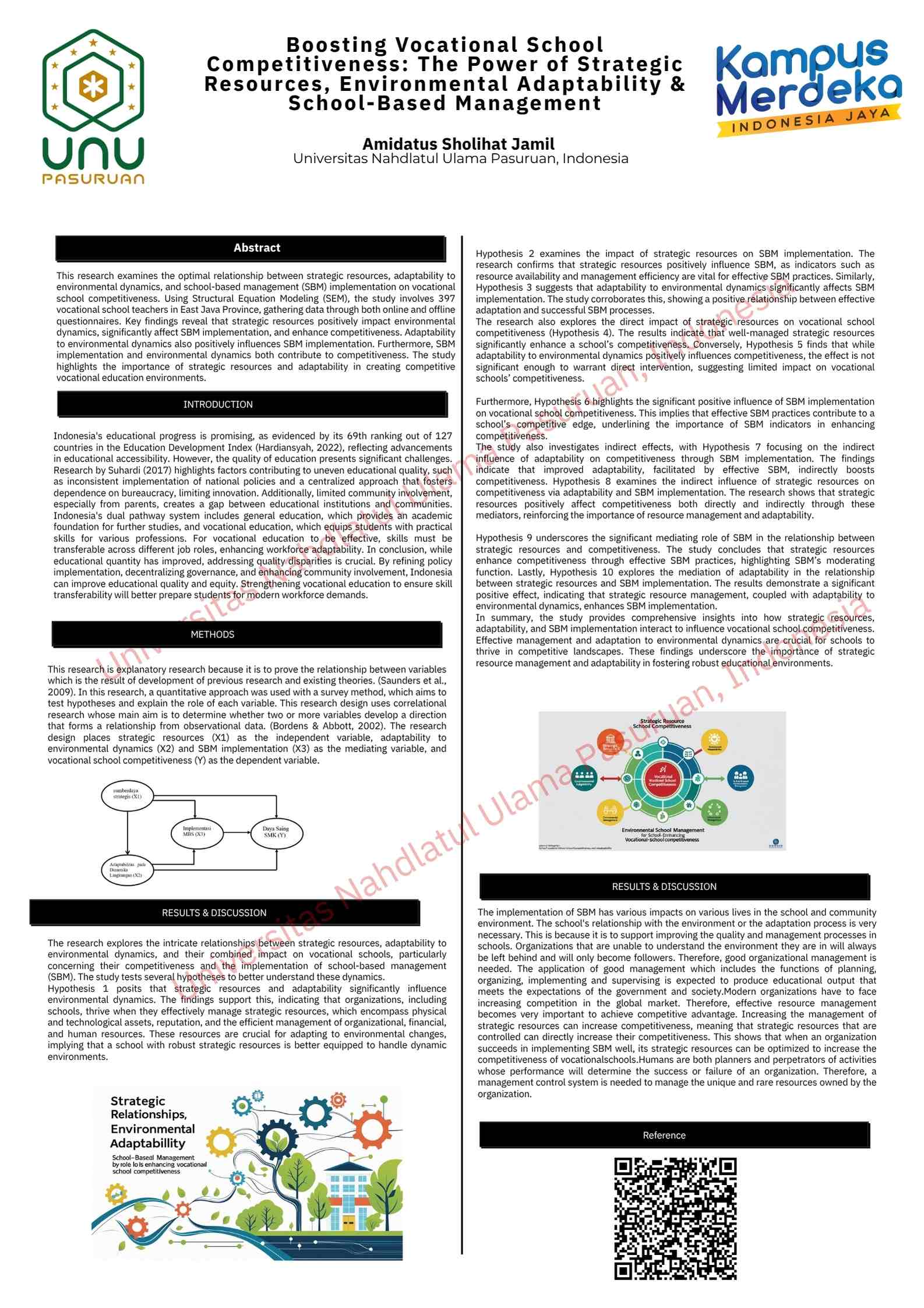
Published
How to Cite
Issue
Section
License
Copyright (c) 2024 Amidatus Sholihat Jamil

This work is licensed under a Creative Commons Attribution-ShareAlike 4.0 International License.

 Universitas Nahdlatul Ulama Pasuruan, Indonesia
Universitas Nahdlatul Ulama Pasuruan, Indonesia





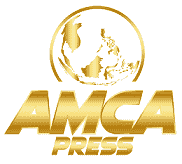

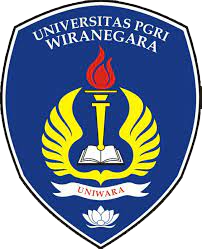

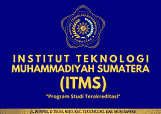


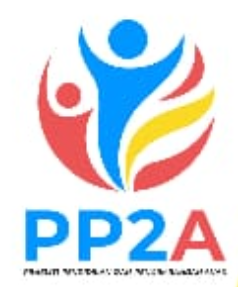
 All publications by the CV. Bimbingan Belajar Assyfa [e-ISSN:
All publications by the CV. Bimbingan Belajar Assyfa [e-ISSN: